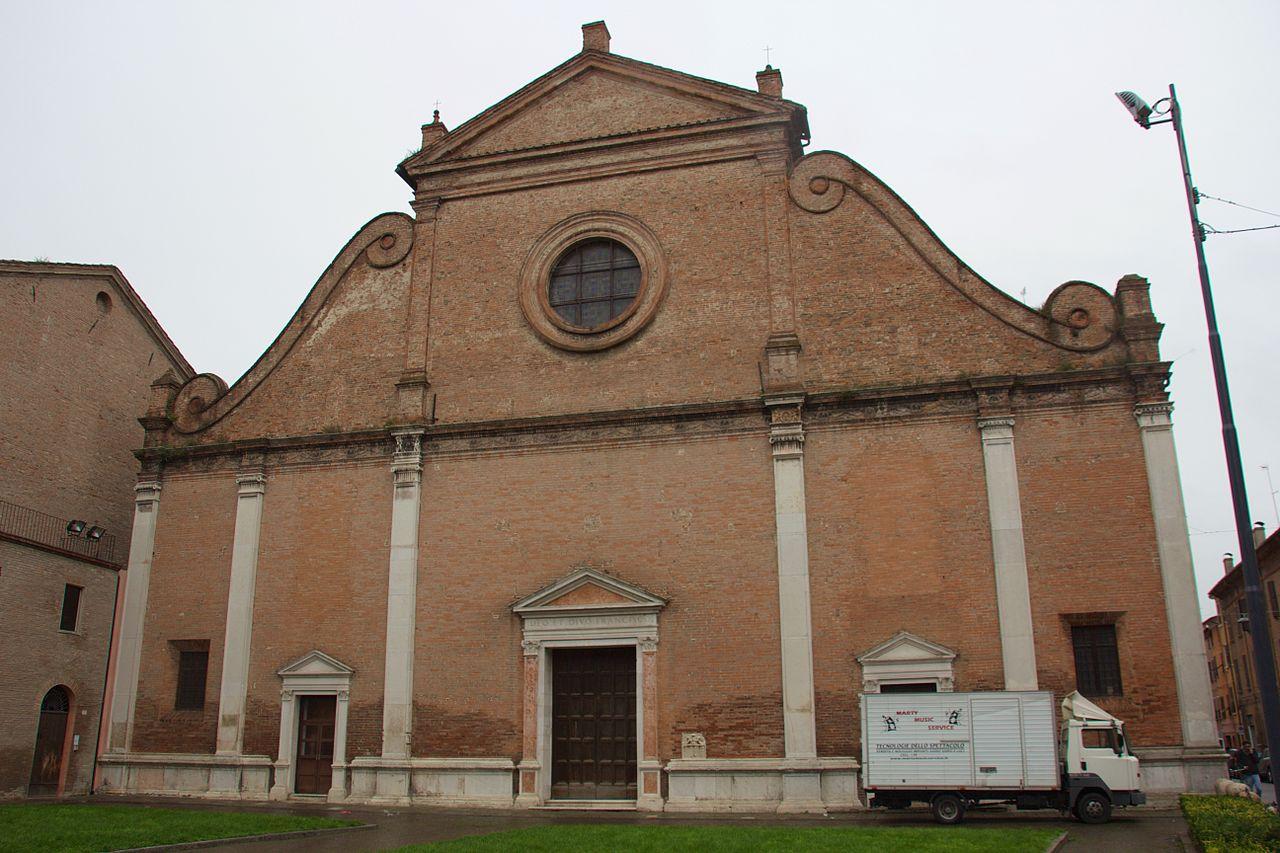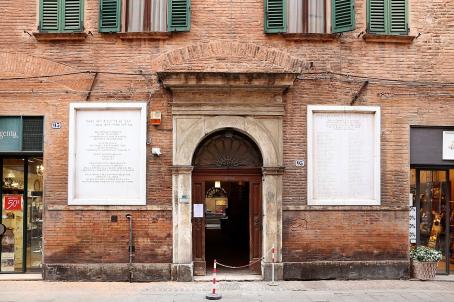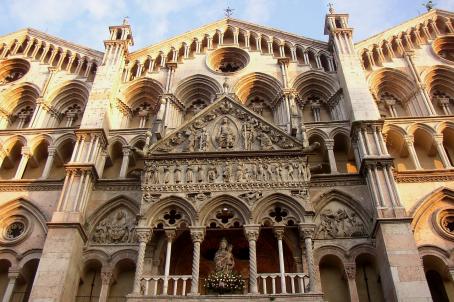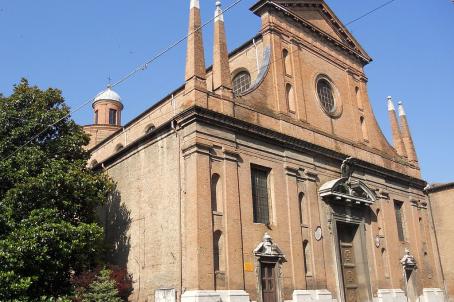Chiesa di San Francesco
The church of San Francesco was built in 1494 on a pre-existing Franciscan building. The former building had been used until the beginning of the 15th century as a mausoleum for the Este family before Niccolò III d'Este decided to build the church of Santa Maria degli Angeli. The project is one of Biagio Rossetti's best achievements. The façade and basilica are in typical Renaissance style, with volutes inspired by Leon Battista Alberti and marble pilasters standing out against the terracotta walls.






